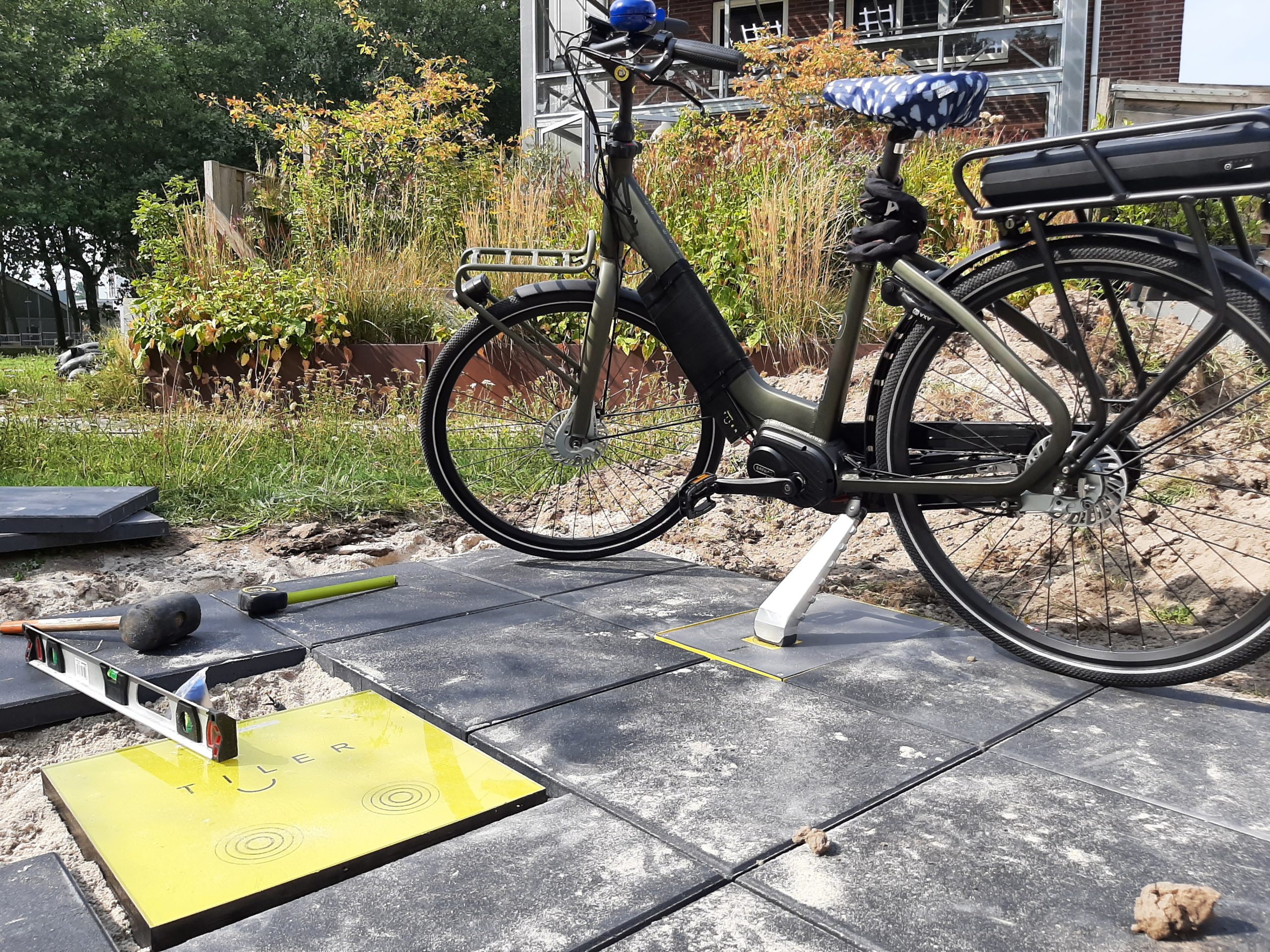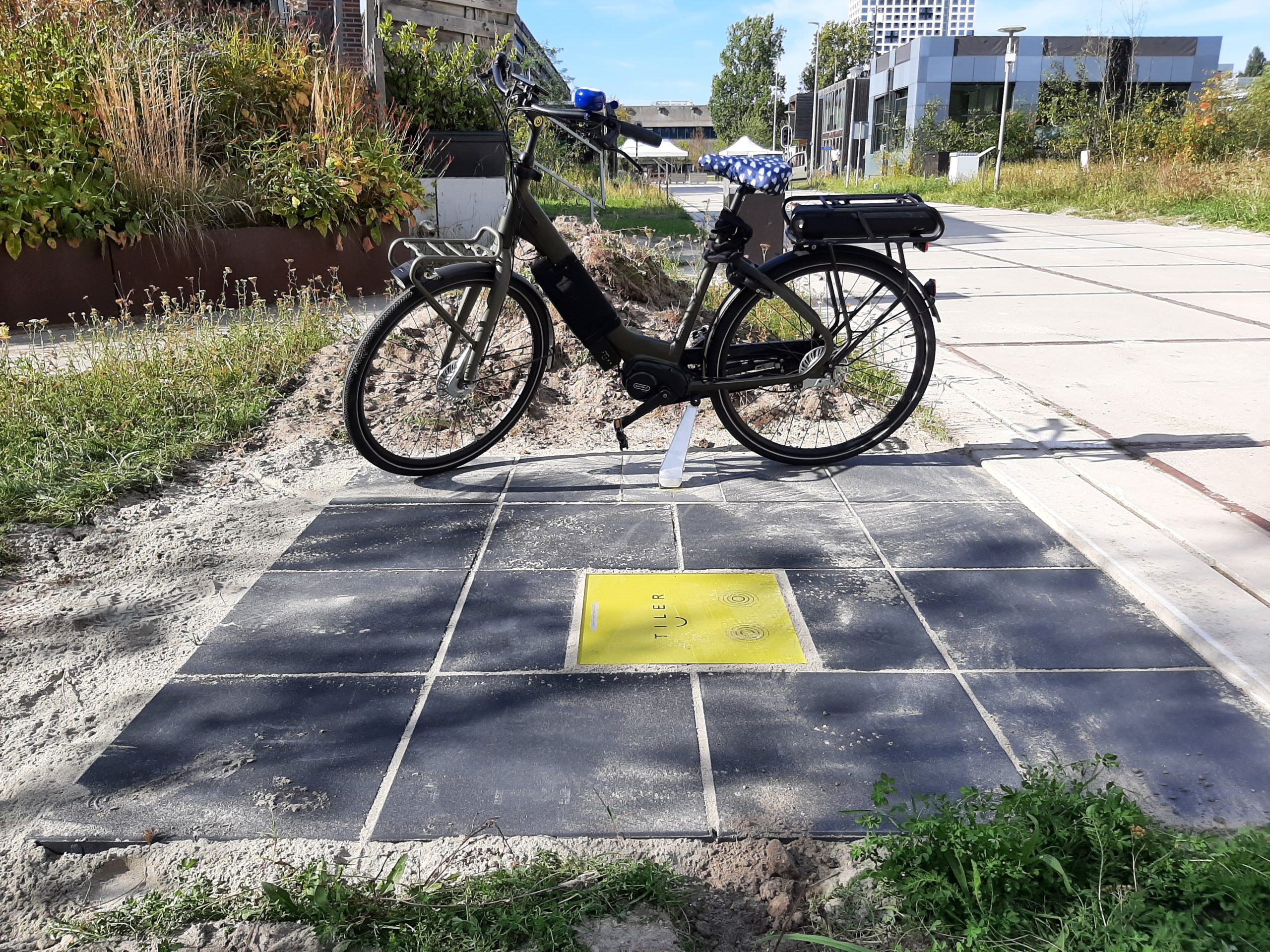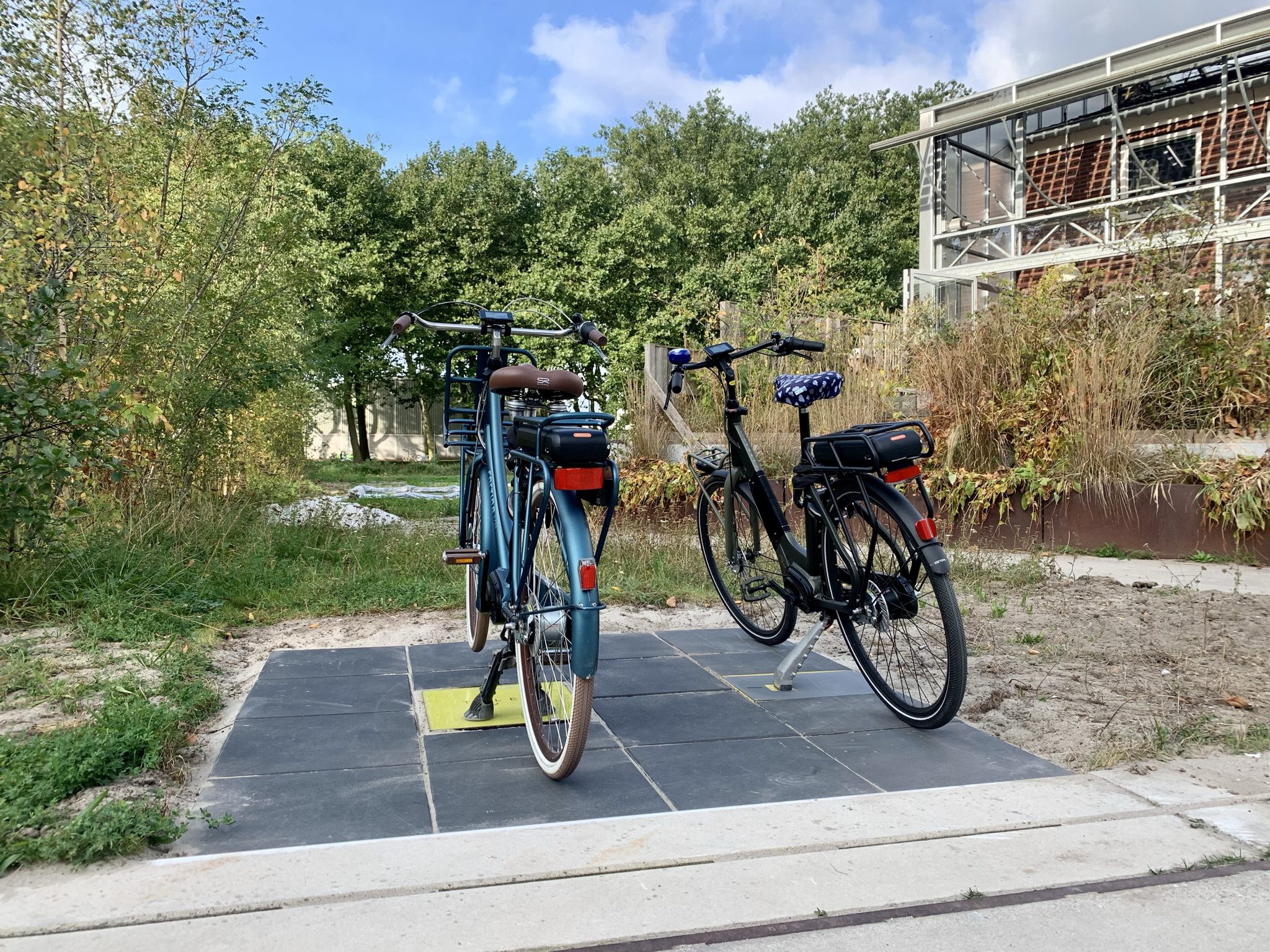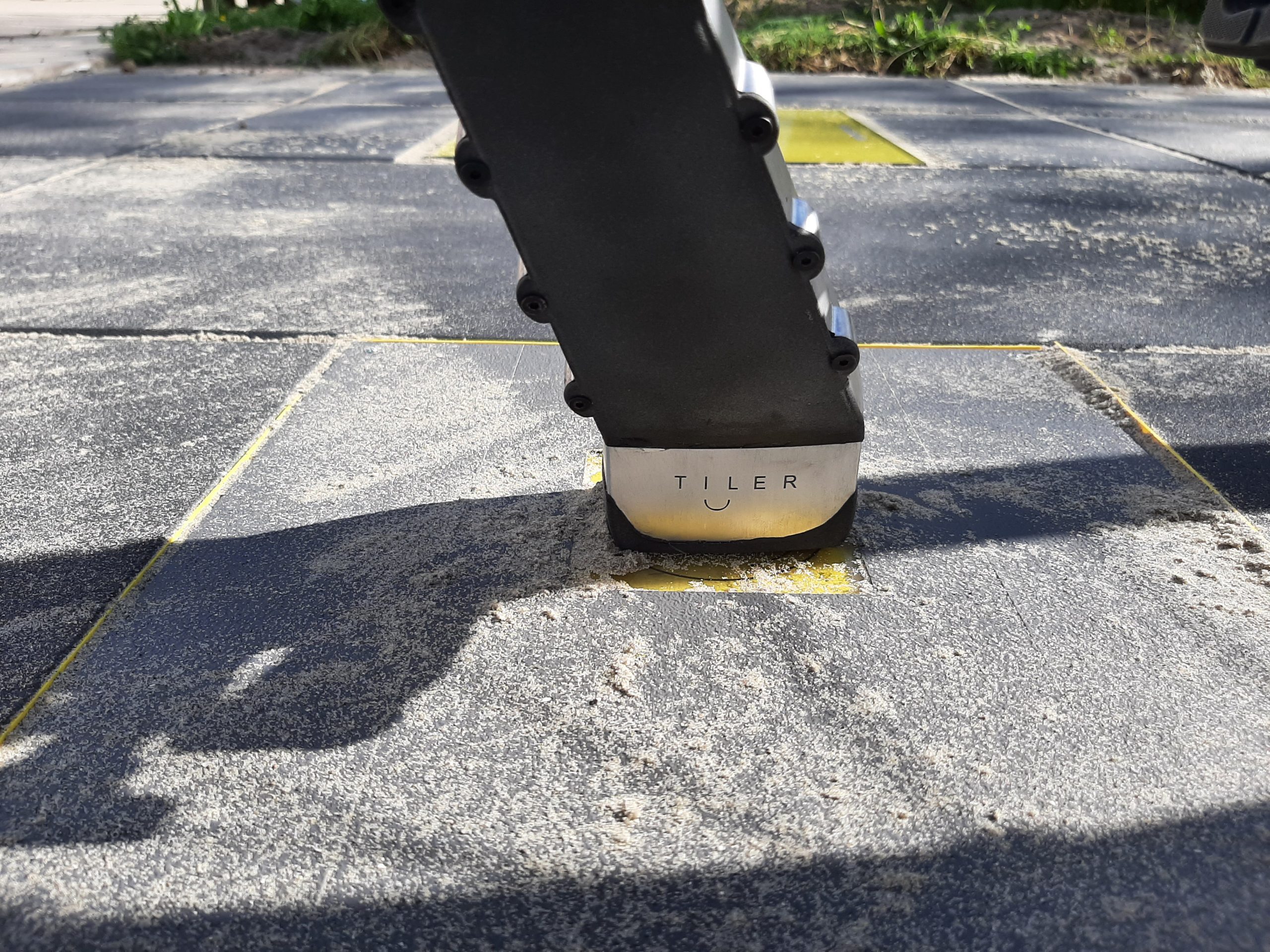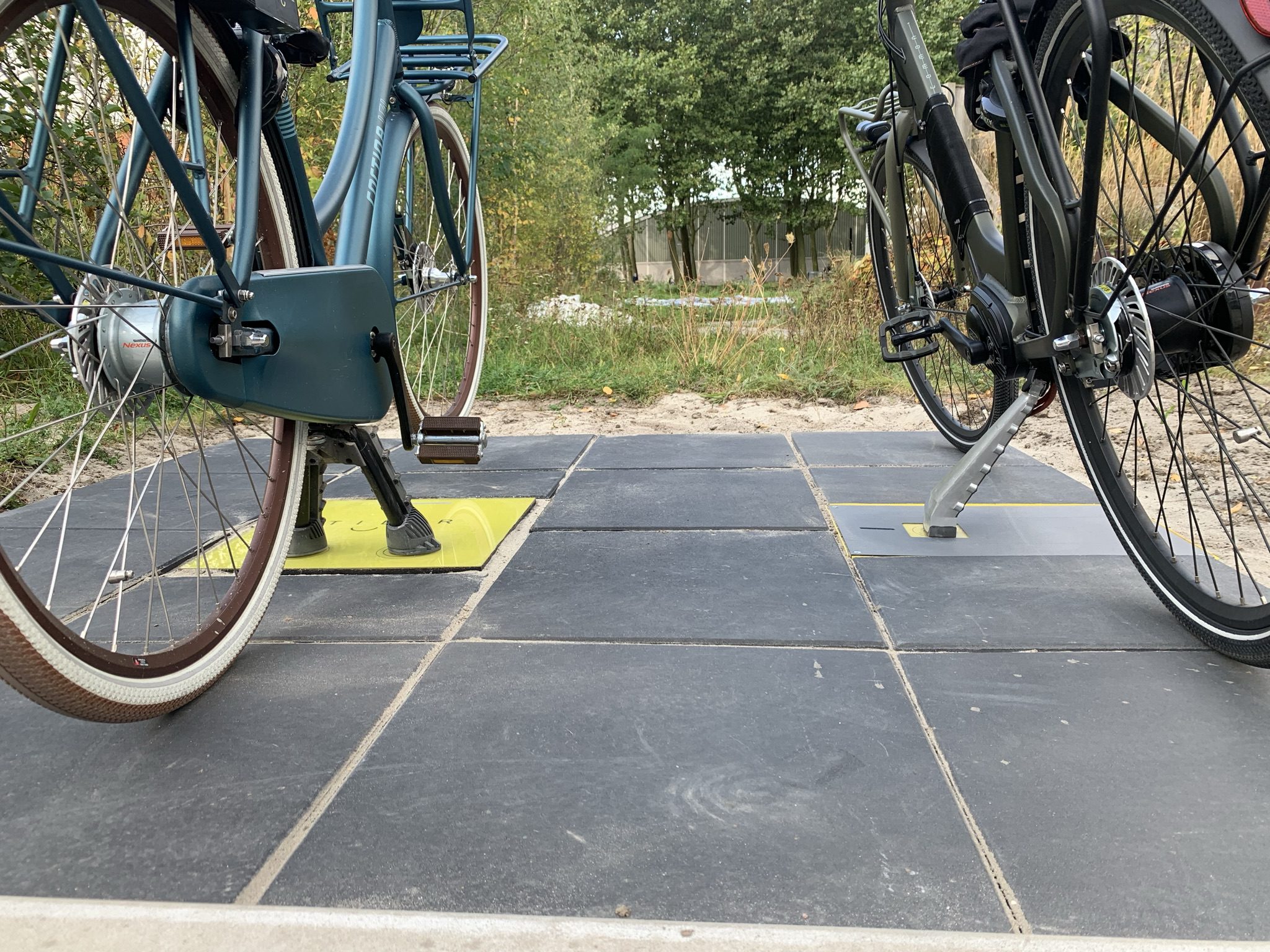What does electric charging of the future look like? TILER’s version of the answer is an intelligent and efficient charging tile that offers a single charging option for all types of electric mobility. No more discharged batteries, no more plugging them in the wrong way and no more connectivity problems. It all started with a patent from the TU Delft: an efficient, flexible, and powerful means of inductive energy transfer. A student from the faculty of DC Systems, Energy Conversion and Storage group headed by professor Pavol Bauer formed the first frame to charge an electric bike.
Christiaan Nispen, founder and CEO, and Olivier Coops, COO, took the research to develop this technology to tackle the light electric vehicle market. With a shared vision to accelerate adoption of light electric vehicles by means of providing a seamless charging infrastructure. After successful customer validation, product technological developments, they moved from theory to practice and from there, things took off to their first end-to-end demonstration at launching customer AHOY Rotterdam in July of 2020. Currently they have over six running pilots and are ready to scale up in 2022. But how do the charging tiles work?
The tiles are embedded in the ground or in a platform. The electric bike is equipped with a special kickstand, which is placed on the e-bike to enable the charging process. The tile itself is powered by electricity, i.e. it is simply connected to the energy plug with alternating current. From there, it is converted into direct current with a switching frequency. Christiaan explains the internal function: “The frequency is passed through a coil, a magnetic field is generated by these ferrites and the same thing happens on the other side (of the bike). There, the magnetic field is fed back into a coil and then converted back into direct current and then back into alternating current and finally into the battery. The good thing about this patent is that it runs at a high power level, so it’s not like your phone where it’s only 2 watts, but we can do up to 500 watts and that’s also very efficient.”
With this innovative solution for the electric mobility market, TILER would be able to enable autonomous shared mobility without the need to change batteries and without the inconvenience of changing adapters. The tile is smart enough to detect both the battery’s state of charge and temperature, making the charging process not only more convenient but also safer.
So far, TILER has installed six test pilots, one of them on the premises of The Green Village. This is where they plan to test their completely new developed tile and check the interoperability of different batteries, bikes, charging levels and speeds. As Amarins, TILER’s head of validation and digital marketing expert, explains: “For us The Green Village is the essential testing ground for TILER to experiment, and as a showcase for our potential customers and stakeholders.”


